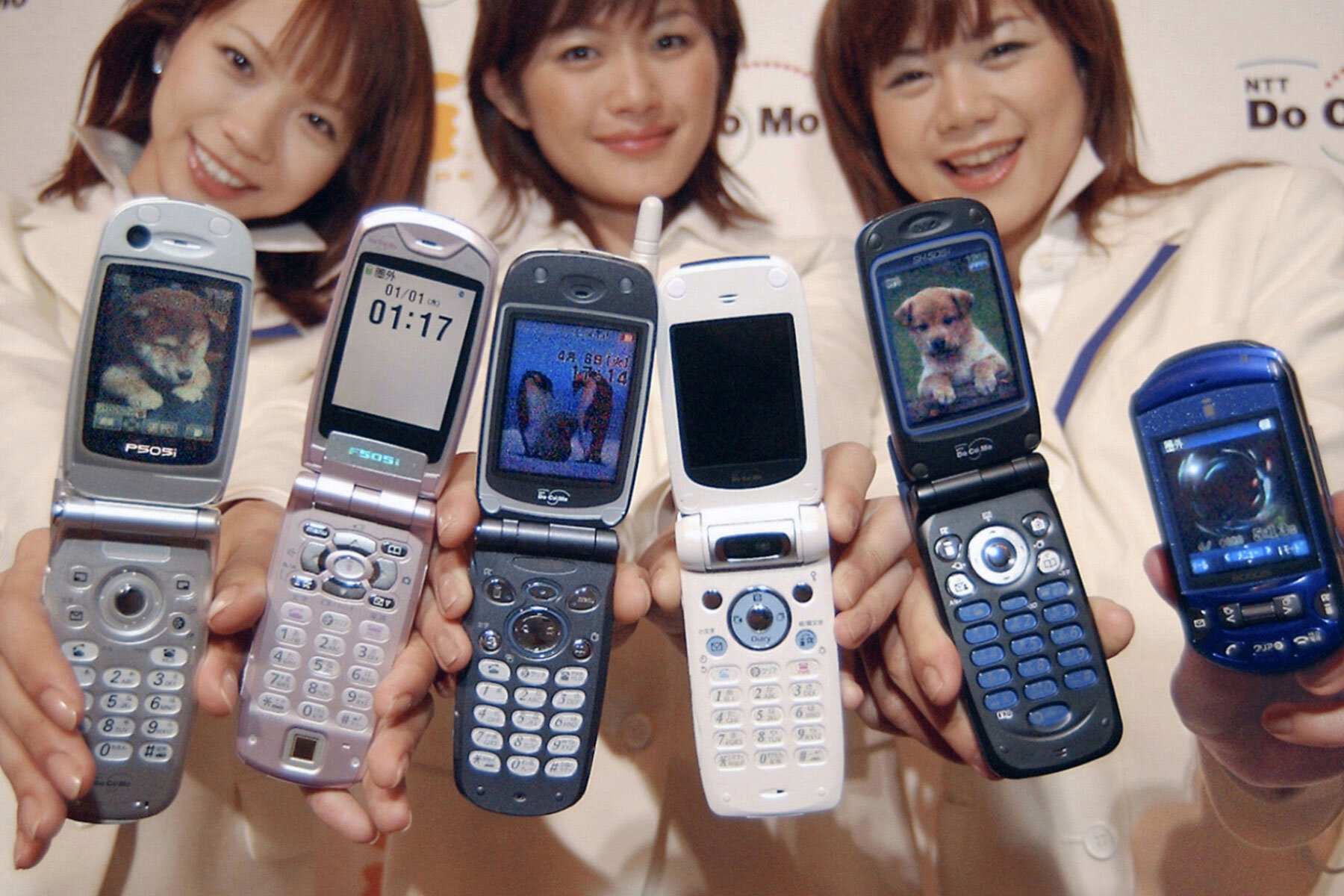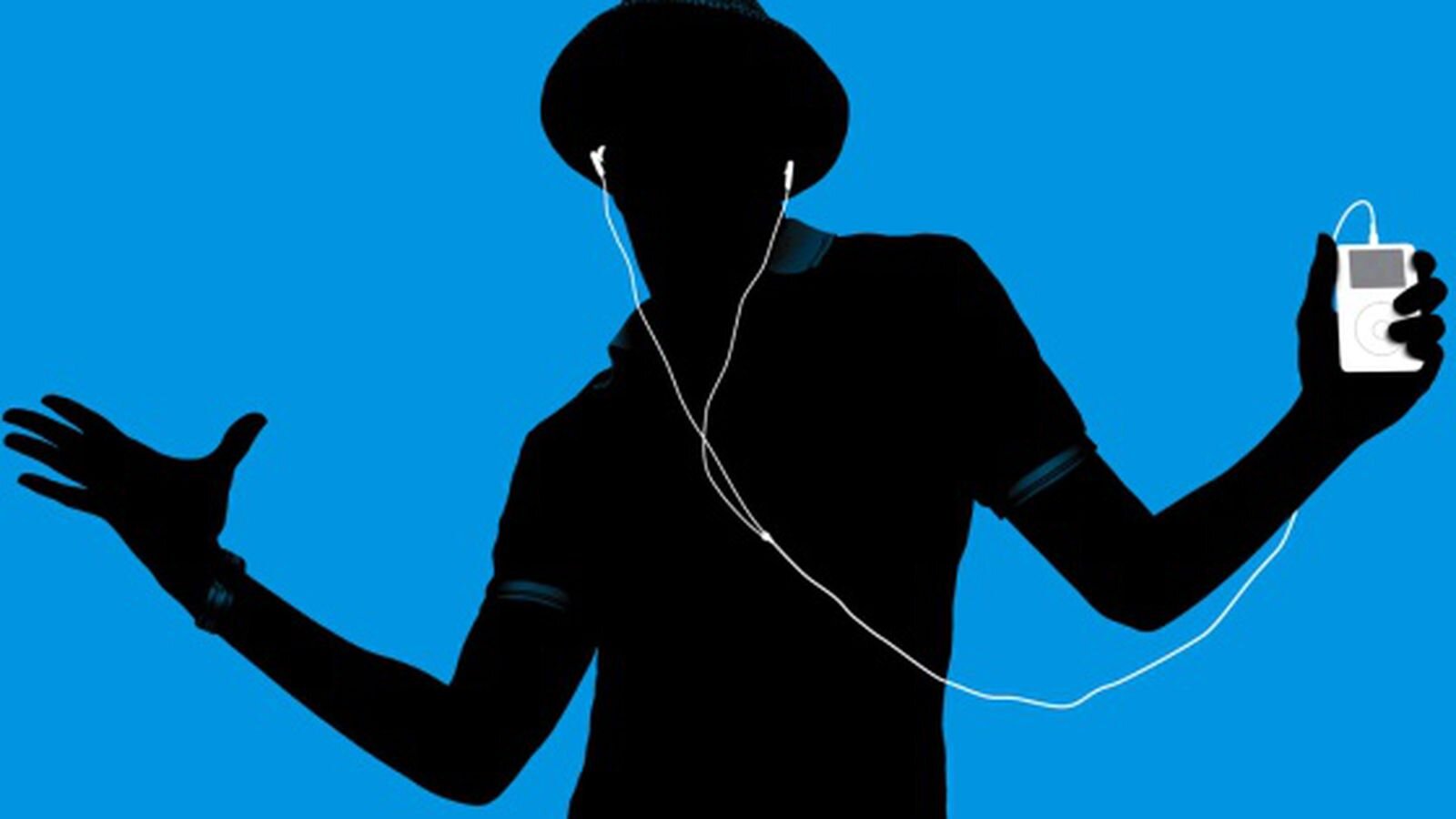
Behavior — 2000–2020
Persuasive Technologies and Behavioral Design
Behavior
With the turn of the millennium, the internet had experienced growth pains similar to the railroads a century before, with over-investment. New online businesses continued to emerge with established businesses moving online and e-commerce growing steadily year-over-year. Mobile devices also arrived bringing connection to our lives wherever we were. Into the 2000s, Japan and DoCoMo led the world in mobile services and technologies. These platforms were rapidly overtaken with the arrival of the Apple iPod and later the iPhone. Devices powered the growth of the mobile industry as well as China, the dominant manufacturer. The design of persuasive technologies and behavior began innocently enough as a way to expand the telecom business using fun and convenient experiences. We realized the impacts of these technologies near the end of this period, and designers in the future will be required to not only design experiences, but assess their impacts on society as well. Even more powerful platforms are on the horizon to challenge our ethics.
Image: Steve Jobs with the iPhone
Header image: Japanese smartphones
Assignments for the Class
Readings & Assignments
The readings for the week include the following:
ASSIGNED READING: How Smart, Connected Products Are Transforming Competition, Michael E. Porter and James E. Heppelmann, 2014 (Harvard Business Review)
ADDITIONAL READING: Strategy Is Iterative Prototyping, Roger L. Martin, 2014 (Harvard Business Review)
Assignments for the week are as follows:
Product Portfolio
Locate a relevant and impactful product from the period we are discussing (2000-2020). Please discuss:
Why does the product exist and what needs were met?
Why is the product important?
Who did the product empower/disempower?
What behaviors did the product change or create?
Don't feel the need to create a PowerPoint deck. Be creative. The point is discussion.
Methods Toolkit
Perform a Heuristic Evaluation:
Find a website or app
Review Nielsen/Norman Group Heuristic Evaluation page
Review the website or app considering 3 heuristics
Be prepared to talk about the exercise
Control, Out of Control
“Technology steers what 2 billion people are thinking and believing every day. It’s possibly the largest source of influence over 2 billion people’s thoughts that has ever been created. Religions and governments don’t have that much influence over people’s daily thoughts. But we have three technology companies who have this system that frankly they don’t even have control over—with newsfeeds and recommended videos and whatever they put in front of you—which is governing what people do with their time and what they’re looking at.”
The Context
The “Behavior” epoch begins with the Dot Com crash of 2000-01, and the attacks on the World Trade Center on September 11, 2001. The “Aughts” begin with a recession induced by the Dot Com crash and ended with the Great Recession resulting from the financial crisis in 2007. The emerging economies of Asia were less effected and sustained growth during this period. The second decade of the new millennium continued these trends with a stagnant recovery in the west, and continued growth particularly in China. Throughout the period, technology companies grew at a rapid rate. We end the discussion of design history considering the unbridled consumer and attention economies.

Globalization and the Great Recession
Globalization continued at a record pace during the first decade of the millennium. “The world economy by nominal GDP almost doubled in size from U.S. $30.21 trillion in 1999 to U.S. $58.23 trillion in 2009.” Anti-globalization groups responded to the wealth generated during this period as well as to the financial crisis in 2007. China grew at a rapid rate, as did many other emerging economies. During the second decade, the Great Recession impacted many regions around the globe. China surpassed Japan as the second largest economy. Business trends included the rise of e-commerce and the challenges retail faced in responding to companies like Amazon. Bitcoin and distributed ledger technologies emerged as a challenge to sovereign currencies. ESG (environmental, social, and governance) factors emerged as a response to the risks presented by environmental and demographic changes.
Chart: World Bank

From Availability to Experience
“Simply handing over your iPod to a friend, your blind date, or the total stranger sitting next to you on the plane opens you up like a book.”
Steven Levy
The Digitization of Business
Many internet companies were founded in the late 1990s, with an effort to make information available using the World Wide Web. They grew to become dominant information technology companies during the 2000s, or were consumed by competitors during the period. Napster faced many legal challenges for providing tools which people used to “pirate” music. The availability of music became a challenge to established media companies, including Sony, who ironically started the mobile music revolution with the Walkman. Other companies including Amazon, Apple, Facebook, Google, and YouTube contributed to the growth of the digital ecosystem.
Image: Napster application




The Experience Economy
The Globalization epoch brought us the Service Economy. With the emergence of digital ecosystems, new value is identified in fulfilling the needs of customers. “The term ‘Experience Economy’ was first used in a 1998 article by B. Joseph Pine II and James H. Gilmore describing the next economy following the agrarian economy, the industrial economy, and the most recent service economy.” In a shift from providing music as a service, as Napster had done, Apple created a complete product ecosystem complete with devices, a store for purchasing music, as well as stores for experiencing the products in person. These experiences changed the business trajectory for Apple. Devices and integrated services became the primary drivers of Apple’s income growth.
Images: Apple iPod, Apple Store

The Four Realms of an Experience
From: Welcome to the Experience Economy by Joseph Pine II and James H. Gilmore
Thoughts to Consider
Consider why services evolved to experiences during this period.
Amazon launched Amazon Prime membership in 2005. What might make this an experience rather than simply a service?
Value Shifts
“The daily needs and wants of the people in a mature society like Japan would shift from physical goods to communication, information, knowledge and entertainment.”
Kouji Ohboshi
The Mobile Ecosystem
Driven by the new capabilities provided by mobile devices, DoCoMo launched i-mode in 1999. This service allowed customers to access services via their mobile devices. An API-like platform allowed for the creation of mobile content and functionality. These capabilities were financially supported through a micro-payment service. DoCoMo later provided banking services. This powerful ecosystem led to a distinct mobile phone culture utilizing emoji for communication, group communication through SMS, and selfies. A culture of cuteness could be the first example of behavior modification for acceptance.
Image: I-mode device
The App Ecosystem
Perhaps expanding upon DoCoMo’s insight, Apple launched the iPhone in 2007. A partnership with AT&T provided the network functionality, which was a challenge in the United States at that time. The App Store was launched the following year in 2008, and was a game-changer in terms of empowering developers to build for iOS. Developer tools provided a strong foundation for independent developers to provide innovative mobile tools for Apple customers. Google Android launched the following year in 2008 with the Google Market for apps. These two ecosystems rapidly came to dominate the mobile market.
Image: iPhone (2007)
“‘Smart, connected products’—made possible by vast improvements in processing power and device miniaturization and by the network benefits of ubiquitous wireless connectivity—have unleashed a new era of competition.”
Michael E. Porter and James E. Heppelmann
Systems of Systems
From: How Smart, Connected Products Are Transforming Competition by Michael E. Porter and James E. Heppelmann
Smart, Connected Products
In the previous epoch, Michael Porter established the Five Forces as a way to understand competitive advantage. In How Smart, Connected Products Are Transforming Competition, he and Heppelmann propose that smart products change the ways that value is created and delivered to customers, providing new ways to compete using a “systems of systems” model of competition. Some have called this the Third Industrial Revolution, but the authors refer to this as the “third wave of IT.” The questions that designers and business managers need to ask are very different in this era of competition. Nest represents this mix of technology ecosystem combined with experiential design well.
Image: Nest Thermostat; Ring Doorbell

Thoughts to Consider
Consider how the role of a designer changes in this context.
Image: from Farm to Data Table: John Deere and Data in Precision Agriculture by C. Williams

Making it Easy
Amazon patented the 1-Click checkout in 1999. It was an essential component to the company’s strategy of becoming a marketplace where customers would buy everything they needed. The customer value presented by this checkout process was that it would be easy to buy from Amazon and that the company could come to understand the buying preferences of the customer. Data is critical to providing the purchasing options that consumers desire. 20 years in the future, we see how critical this strategy was to establishing Amazon as a platform.
Image: Amazon 1-Click Checkout
“By shaping the menus we pick from, technology hijacks the way we perceive our choices and replaces them with new ones. But the closer we pay attention to the options we’re given, the more we’ll notice when they don’t actually align with our true needs.”
Tristan Harris
Persuasive Technologies
Don Norman described “user-centered design” as an approach to making design decisions based on the needs of people rather than for aesthetic reasons. His 1988 book, “The Psychology of Everyday Things,” discussed the implications of human psychology on design. The design of behavior through “persuasive technologies” considers not just the objects we design and use, but the communication and social factors. Stanford’s B. J. Fogg proposed three ways that people interact with computing technologies:
As tools
As media
As social actors
This is called the functional triad. Persuasive strategies have influenced the design of health care and sustainability.
Image: Growth of the UX profession (NNGroup)
The “Social Dilemma”
The “Like” button was created to provide a positive message to the individual who posted an item to their “feed.” Later we have found that this good intention has many side effects. As social platforms have pivoted to using advertising as a primary source of revenue, the implications have become acute. Our brains did not develop to prevent endless distractions and the desire for attention from crippling our attention. Recently, it has been found that Facebook does understand the harm that is being inflicted on teenage girls. How will we respond?
Image: Facebook App Icon
Thoughts to Consider


















